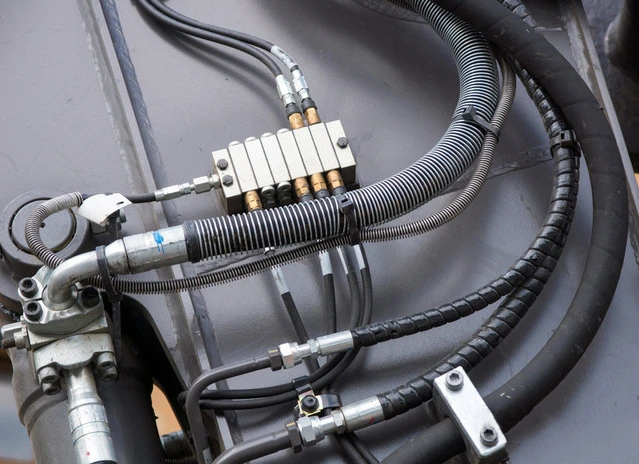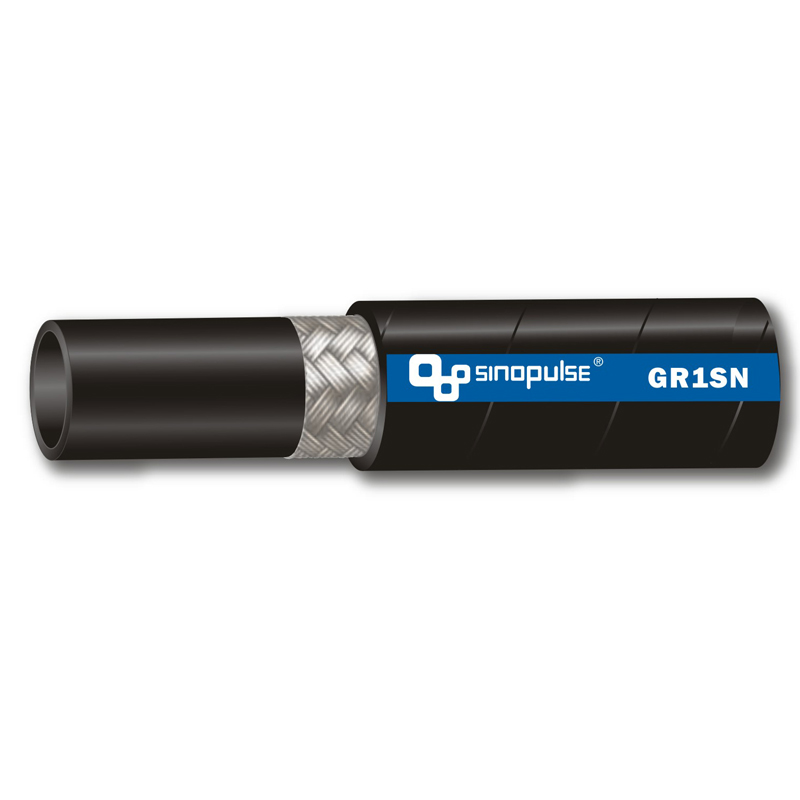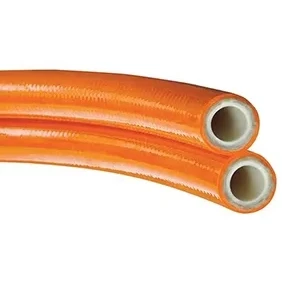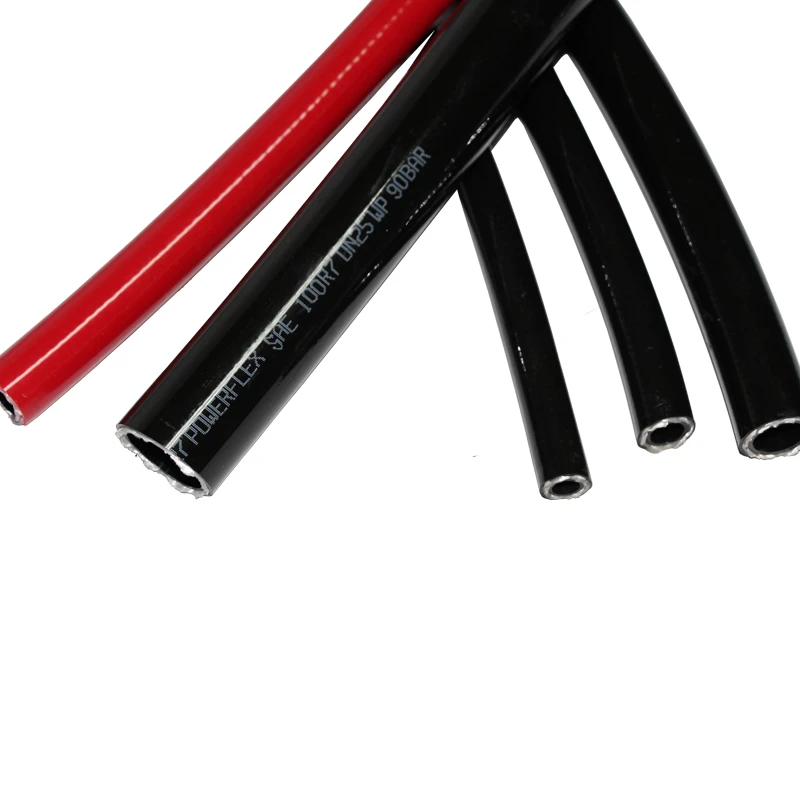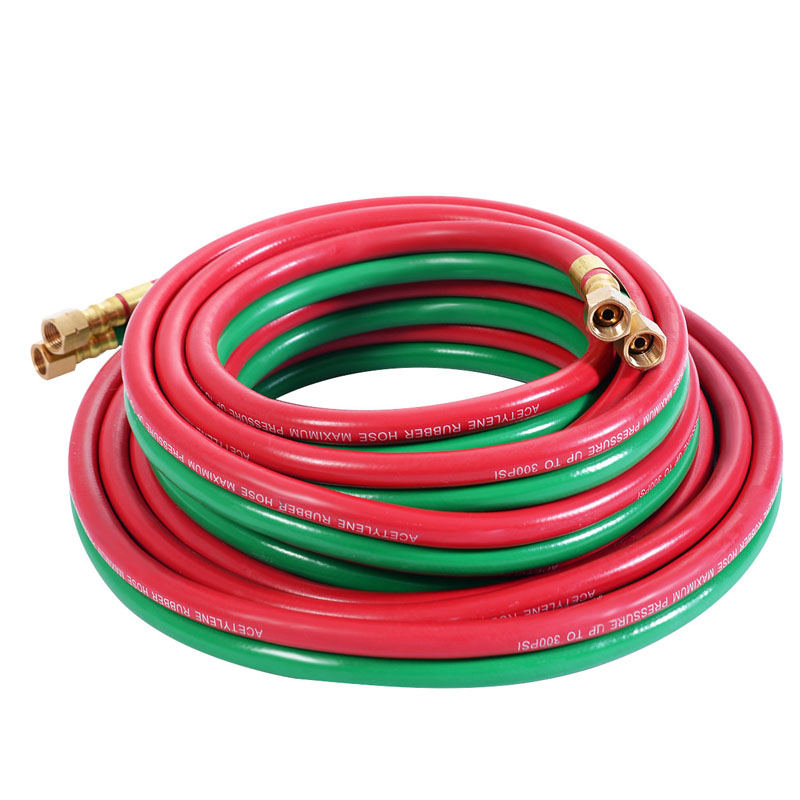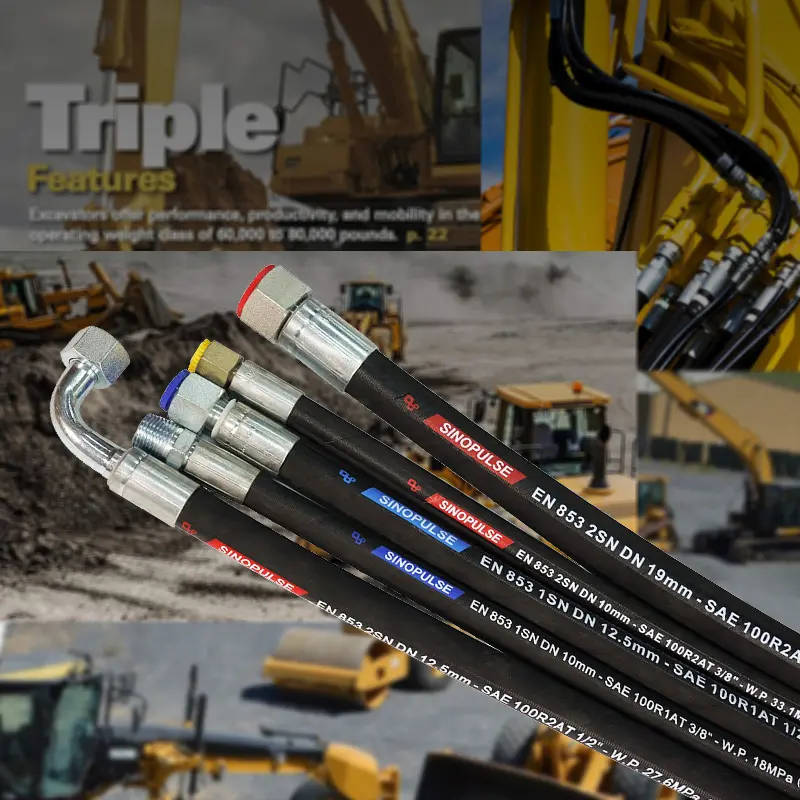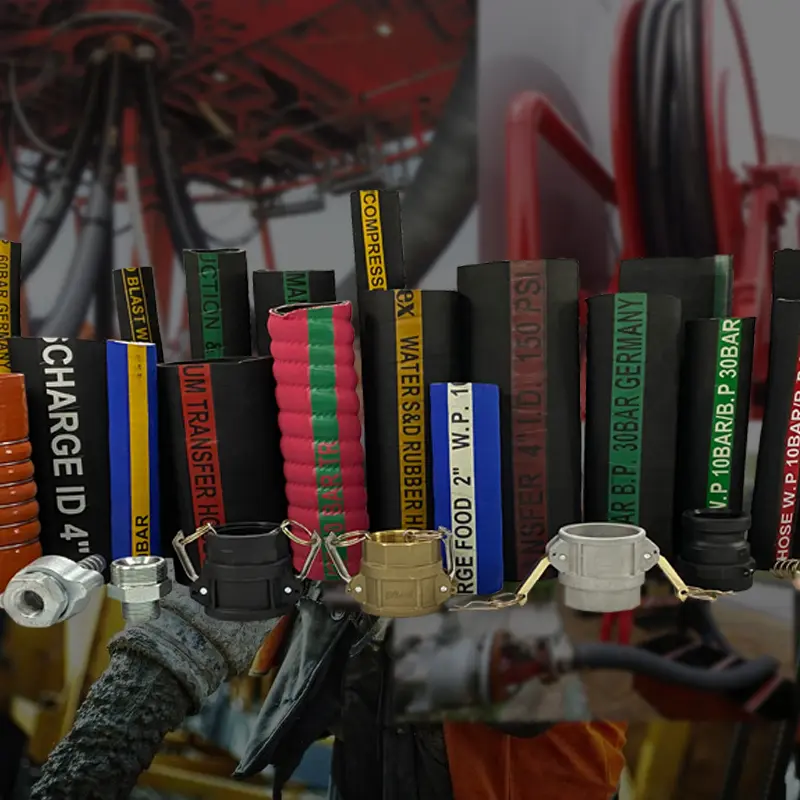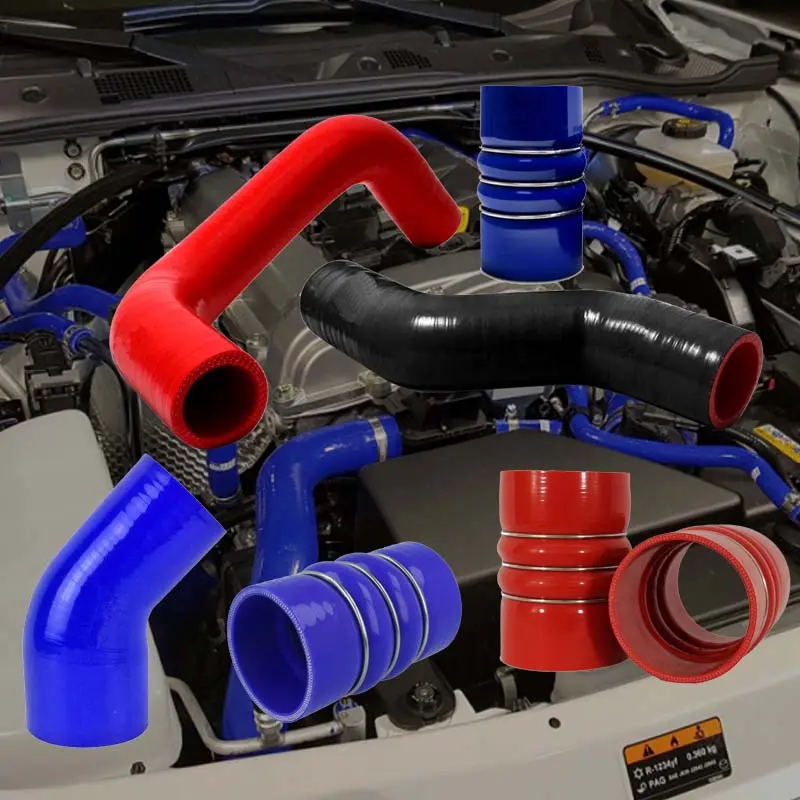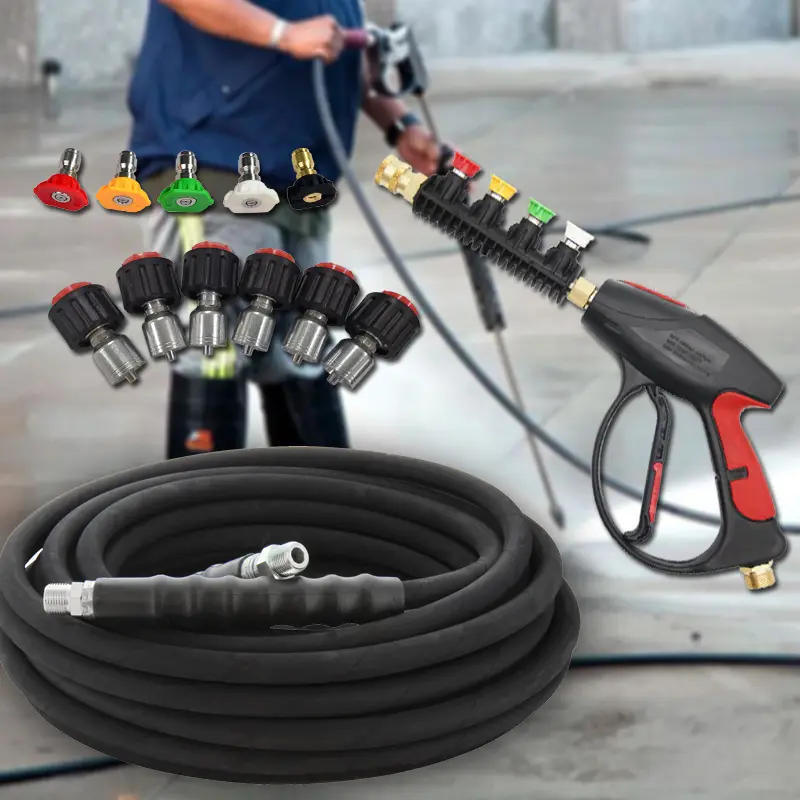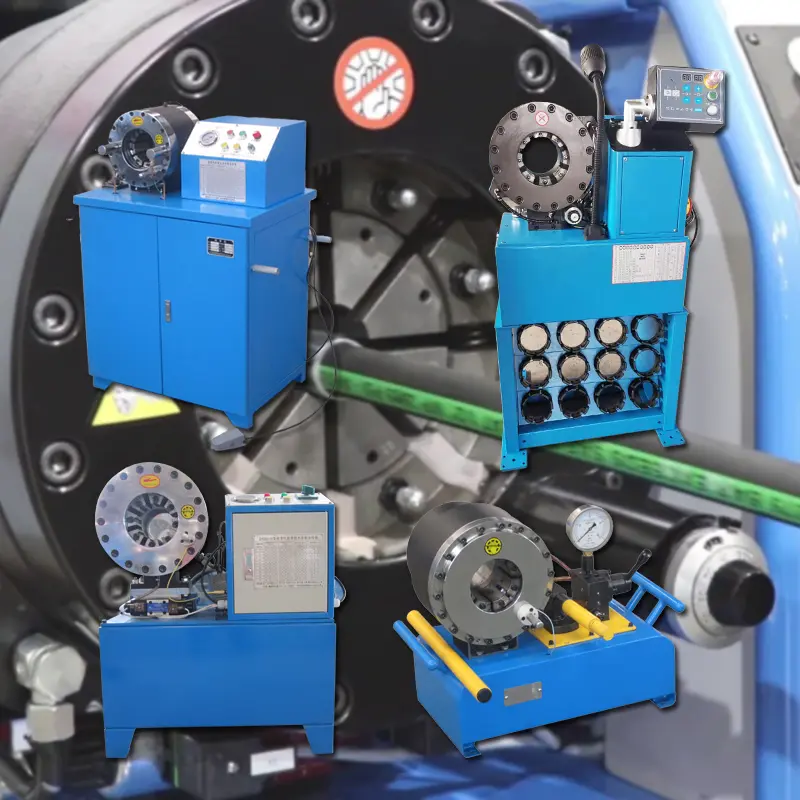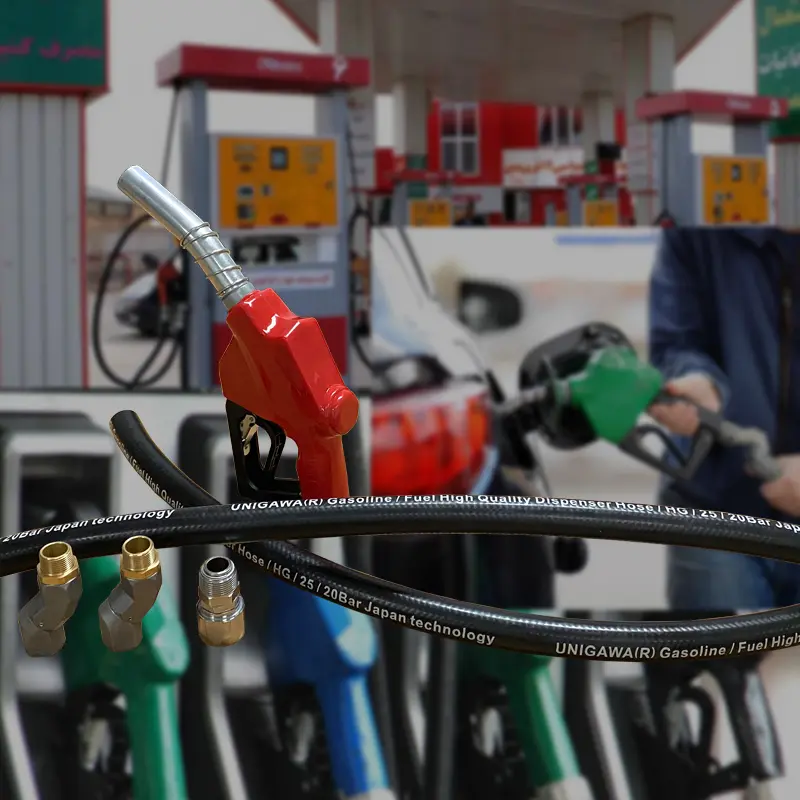Understanding 100r14 hose Technology in Modern Hydraulics
The demand for robust and reliable hydraulic solutions is continuously evolving across various industrial sectors. Central to this evolution is the advancement in hose technology, with the 100r14 hose serving as a prime example of high-performance engineering. This specific hose type, often cross-referenced with standards like SAE 100R14 or EN 854 1TE (though 100R14 specifically refers to PTFE hose, and EN 854 3TE typically refers to textile reinforced rubber hose), is critical for applications demanding exceptional chemical resistance and high-temperature tolerance. The industry trend is moving towards more durable, efficient, and application-specific components, reducing downtime and operational costs. For B2B decision-makers and technical personnel, understanding the intricate details of such components is paramount for optimizing system performance and ensuring long-term reliability in challenging environments.
In high-stakes industrial scenarios, from heavy machinery to advanced manufacturing, the integrity of hydraulic systems directly impacts productivity and safety. The selection of appropriate hydraulic hoses, like the 100r14 hose, is not merely a procurement decision but a strategic one that influences system longevity and operational efficiency. This article delves into the technical aspects, manufacturing precision, and diverse applications of this critical component, providing insights that empower informed choices. We aim to present a comprehensive overview, leveraging technical specifications and industry insights to underscore its importance in modern hydraulic circuits.
The Advanced Manufacturing Process of Hydraulic Hoses
The manufacturing of a high-performance hydraulic hose, such as the DIN EN854 3TE Textile Reinforced Hydraulic Hose (which shares characteristics with high-performance hoses like 100r14 hose in terms of quality and application rigor), involves a meticulously controlled, multi-stage process to ensure product integrity and longevity. This process begins with the extrusion of the inner tube, typically made from a synthetic rubber compound designed to withstand various hydraulic fluids and high temperatures. Precision is crucial here, as the inner tube forms the fluid conduit and must be perfectly smooth to minimize flow resistance and prevent contamination. Following this, the reinforcement layer is applied. For textile reinforced hoses like EN 854 3TE, high-tensile strength textile braids or spirals are precisely wound around the inner tube. This reinforcement provides the necessary pressure resistance and structural stability, crucial for meeting standards such as ISO 1436.
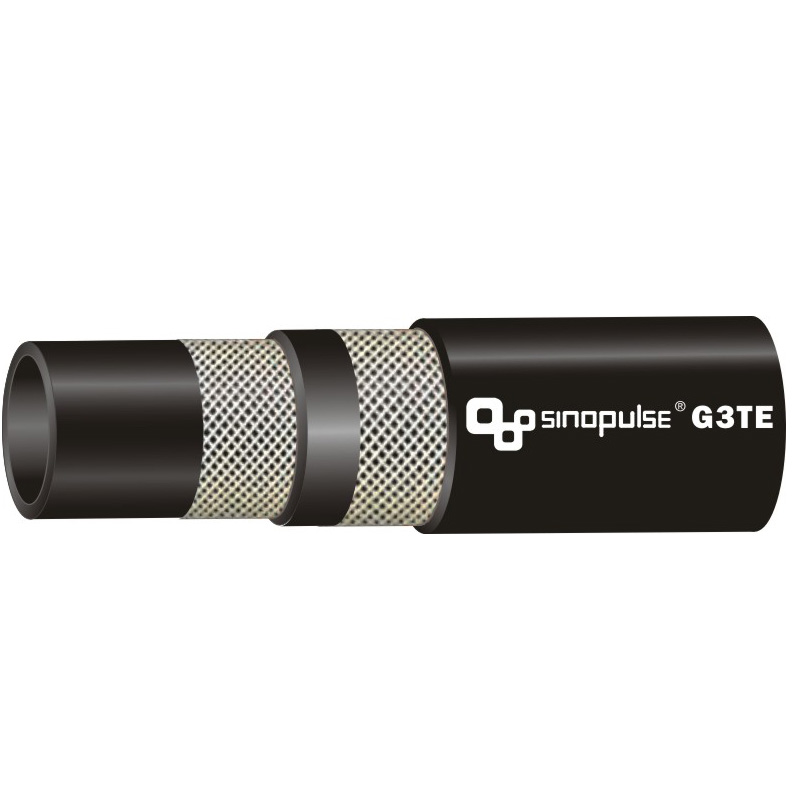
Figure 1: Typical high-performance hydraulic hose assembly, demonstrating robust construction suitable for demanding applications like those requiring a 100r14 hose.
The next critical stage involves the application of the outer cover, which is also extruded from a durable synthetic rubber, often resistant to abrasion, ozone, and weathering. This cover protects the reinforcement layer from external damage and environmental degradation. After the assembly, the hose undergoes a vulcanization process, where heat and pressure are applied to cure the rubber materials, giving the hose its final mechanical properties and dimensional stability. Post-vulcanization, each batch undergoes rigorous quality control and testing, including pressure tests (burst pressure, impulse pressure), flexibility tests, and dimensional checks, ensuring compliance with international standards like ISO and ANSI. This comprehensive manufacturing and testing regime guarantees a reliable product with a prolonged service life in diverse and demanding industries such as petrochemical, metallurgy, and water treatment, where issues like corrosion resistance and energy efficiency are paramount.
Technical Specifications and Performance Metrics
The technical specifications of a 100r14 hose are critical for engineers and procurement specialists to ensure compatibility and optimal performance within specific hydraulic systems. While SAE 100R14 specifically refers to PTFE hose, general industrial high-performance hoses like EN 854 1TE, or the DIN EN854 3TE (textile reinforced) mentioned, are often considered in similar contexts for their resilience. Key parameters include working pressure, burst pressure, minimum bend radius, temperature range, and fluid compatibility. These specifications dictate the hose's suitability for various applications, directly impacting system safety and efficiency. Understanding the nuanced differences between standards like SAE J517 and EN 854 is essential for global operations, as they define material requirements, testing procedures, and performance benchmarks.
| Parameter | Value/Range | Unit | Notes |
|---|---|---|---|
| Inner Diameter (ID) Range | 6.4 - 50.8 | mm (1/4" - 2") | Standard industrial sizes |
| Working Pressure | 70 - 210 | Bar | Varies by ID, up to 3000 PSI |
| Burst Pressure (Min) | 280 - 840 | Bar | Typically 4x Working Pressure |
| Temperature Range | -40 to +100 | °C | Intermittent up to +120°C |
| Reinforcement | Textile Braid | High tensile strength synthetic fiber | |
| Cover Material | Synthetic Rubber | Oil, abrasion, ozone resistant | |
| Applicable Standards | EN 854 3TE, ISO 1436 | Meets or exceeds requirements |
These parameters highlight the robust nature required for industrial hydraulic applications. A 100r14 hose (referring to high-performance PTFE hoses) or its counterparts like EN 854 3TE offer superior resistance to chemicals and extreme temperatures, making them indispensable in environments where conventional rubber hoses might fail. This technical superiority translates into enhanced safety, reduced maintenance cycles, and greater operational efficiency, ultimately contributing to a lower total cost of ownership for complex industrial machinery.
Application Scenarios and Industry Advantages
The versatility and robust design of hoses, exemplified by the DIN EN854 3TE, make them ideal for a broad spectrum of demanding industrial applications. In the petrochemical industry, where aggressive chemicals and high temperatures are prevalent, the material composition of these hoses ensures chemical compatibility and operational safety, minimizing risks of leaks and environmental hazards. Similarly, within the metallurgy sector, these hoses are crucial for conveying hydraulic fluids in machinery operating under extreme heat and heavy loads, offering exceptional resistance to abrasion and impact. Their high-pressure tolerance also makes them suitable for heavy construction equipment, ensuring reliable power transmission in excavators, loaders, and cranes.
Beyond these, the adaptability of high-grade hoses extends to the agricultural sector, where equipment like tractors and harvesters rely on durable hydraulic lines to withstand harsh outdoor conditions and continuous operation. In the realm of give-and-drainage systems, especially in industrial wastewater treatment plants, their anti-corrosion properties are vital when transporting various fluid types, including potentially corrosive wastewater or chemicals. The technical advantages of using a quality hose over standard alternatives are significant: superior durability translates to a longer service life, reducing replacement frequency and associated labor costs. Their design often contributes to energy efficiency by maintaining consistent flow characteristics under varying pressures, thereby optimizing the hydraulic system's performance. Furthermore, their enhanced resistance to degradation mechanisms like ozone cracking or oil swelling provides a tangible benefit in severe operating environments, making the initial investment in a quality 100r14 hose or similar standard a wise economic decision.
Trustworthiness and Customer Support
In the B2B landscape, trust is built on proven reliability and transparent service. Our commitment to quality is underscored by adherence to stringent international certifications such as ISO 9001 for quality management and rigorous product testing that meets or exceeds EN 854 and SAE J517 standards. Our products, including those used in applications similar to 100r14 hose demands, are backed by extensive internal testing data and independent laboratory verification, ensuring consistent performance. We have successfully served a diverse clientele over many years, supplying hydraulic solutions to major players in the construction, agriculture, and manufacturing sectors. Client testimonials consistently highlight our product's durability and the responsiveness of our technical support team, which provides expert guidance from selection through installation.
Frequently Asked Questions (FAQ)
-
Q: What is the typical service life of a hydraulic hose like the DIN EN854 3TE?
A: While specific service life varies greatly depending on application, operating conditions, and maintenance, a high-quality hose manufactured to EN 854 standards can typically last for several years under proper usage, often exceeding 5-7 years in moderate conditions, thanks to its robust textile reinforcement and durable cover. -
Q: How do your hoses compare to other types, such as a traditional 100r14 hose (PTFE)?
A: Our textile reinforced hoses, like the DIN EN854 3TE, offer excellent flexibility and pressure resistance suitable for a wide range of hydraulic applications. While a true SAE 100r14 hose (PTFE) excels in extreme chemical and temperature environments due to its PTFE core, our hoses provide a cost-effective, high-performance solution for general hydraulic power transmission, with strong abrasion resistance and a wider range of fluid compatibility for common industrial oils and water-based fluids. -
Q: What is your typical delivery lead time for customized orders?
A: For standard product lines, our delivery cycle is typically 7-14 business days, depending on order volume and destination. For customized solutions or large-volume orders, we provide a detailed lead time estimate during the quotation phase, generally ranging from 3-6 weeks, ensuring timely project completion. -
Q: Do you offer a warranty on your hydraulic hoses?
A: Yes, all our hydraulic hoses come with a comprehensive warranty against manufacturing defects, typically ranging from 12 to 24 months from the date of purchase, contingent on proper installation and use according to industry standards. Our dedicated customer support team is available to assist with any technical queries or warranty claims, ensuring a seamless experience.
Manufacturer Comparison and Custom Solutions
In a competitive market, discerning the right supplier for hydraulic hoses, including specialized types like 100r14 hose or high-performance EN 854 3TE, involves evaluating several factors beyond just price. Leading manufacturers distinguish themselves through material quality, adherence to international standards (e.g., ISO, DIN, SAE), production technology, and customer-centric services. While some manufacturers may focus on mass production with lower initial costs, a true partner prioritizes long-term value, offering hoses with superior fatigue resistance and extended operational life. Key differentiators include the use of advanced compounding for inner tubes and covers, ensuring superior chemical and thermal resistance, as well as precise reinforcement braiding that provides consistent pressure ratings across diverse applications.
Furthermore, the ability to provide bespoke solutions is a significant advantage. Many industrial operations have unique requirements that standard hoses cannot fully address. Our services extend to offering customized hose lengths, specific end fittings (e.g., JIC, NPT, Metric), varied cover colors for identification, and even specialized compounds for unique fluid compatibility or extreme environmental conditions. This tailored approach ensures that our DIN EN854 3TE hose, or any custom solution, precisely fits the client’s operational needs, optimizing system performance and reducing the risk of premature failure. This level of customization, combined with our rigorous quality assurance protocols and comprehensive technical support, positions us as a preferred supplier for businesses seeking reliable and efficient hydraulic components globally.
Application Case Studies & Real-World Experience
Real-world applications powerfully demonstrate the value of high-quality hydraulic hoses. In one notable instance, a large-scale mining operation faced persistent issues with hose degradation in their hydraulic shovels due to extreme abrasion and high-pressure impulses. After evaluating various options, including traditional SAE 100r14 hose for high temperatures in other parts of their system, they opted for our specialized EN 854 3TE textile reinforced hoses with an enhanced abrasion-resistant cover for the shovel hydraulics. The result was a remarkable 40% reduction in hose replacement frequency, translating to significant savings in maintenance costs and a notable increase in operational uptime for their critical machinery. This case highlights how selecting the right hose, engineered for specific stresses, directly impacts productivity and profitability.
Another compelling example comes from a chemical processing plant where a critical transfer line for corrosive industrial solvents was causing frequent hose failures. Traditional rubber hoses were unable to withstand the chemical attack, leading to dangerous leaks and production halts. By implementing our DIN EN854 3TE hoses, which feature a robust inner tube material designed for chemical resistance, the plant achieved a substantial improvement in safety and operational continuity. The hoses demonstrated exceptional longevity under aggressive chemical exposure and fluctuating temperatures, significantly reducing the environmental risk and maintenance burden. These cases underscore our product's reliability and our team's experience in providing tailored solutions that address complex industrial challenges, demonstrating that a properly specified 100r14 hose (or its functional equivalent in other standards) delivers tangible benefits.
References
- ISO 1436: Rubber hoses and hose assemblies — Wire-braid-reinforced hydraulic type — Specification.
- EN 854: Rubber hoses and hose assemblies — Textile-reinforced hydraulic type — Specification.
- SAE J517: Hydraulic Hose.
- Fluid Power Journal. "Advances in Hydraulic Hose Technology."
- Hydraulics & Pneumatics Magazine. "Selecting the Right Hydraulic Hose for Demanding Applications."
Product Application









